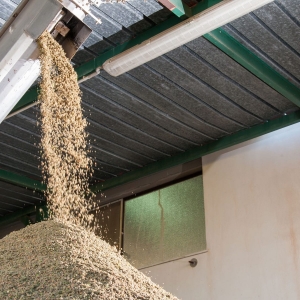Water
We analyze water (drinking, water baths, seawater, surface water, groundwater, wells, brackish waters, desalinated waters, drilling waters, irrigation waters, etc.) to monitor their chemical and microbial content, the detection of any contaminants, and suggest any potential use.
Routine analyses in drinking water include those required by the corresponding legislation and others such as:
- Macroscopic criteria (clarity, smell, and taste)
- Chemical criteria (Cl–, ClO–, CO32-, HCO3–, SO42-, NO3–, NΟ2–, Ca2+, Mg2+, Na+, K+, Fe2+, NH4+, pH)
- Characterization (total, temporary, and permanent hardness, electrical conductivity, SAR)
- Microbiological criteria (E.coli, Enterobacteriaceae, Total Coliforms, Total Viable Count at 22 and 37οC, Clostridium perfrigens, Pseudomonas aeruginosa in bottled water)
- Microbiological parameters as appropriate (Legionella spp., Fecal Coliforms, Fecal Streptococcus, etc.)
Routine assays in swimming pools include those required by the corresponding legislation and others such as:
- Macroscopic criteria (clarity, temperature)
- Chemical criteria (pH, ClO–, NO3–, NO2–, cyanuric acid, alkalinity)
- Microbiological criteria (E.coli, Total Coliforms, Total Viable Count)
- Microbiological parameters as appropriate (Staphylococcus aureus, Pseudomonas aeruginosa, Enterococci, Fecal Coliforms, Fecal Streptococcus, etc)
Routine determinations in water samples for other uses include:
- BOD, COD, TOC, TSS, pH, total phosphorus, total nitrogen, phenols, PAHs, fats, and oils
- Heavy metals (Cr3+, Cr6+, Hg, Cd, Αs, Cu, )
- Anions and cations (Cl–, ClO–, CO32-, HCO3–, SO42-, NO3–, NΟ2–, PO43-, CN–, F–, Ca2+, Mg2+, Na+, K+, Fe2+, NH4+)
- Microbiological parameters as appropriate (as above)
- Pesticide residues















